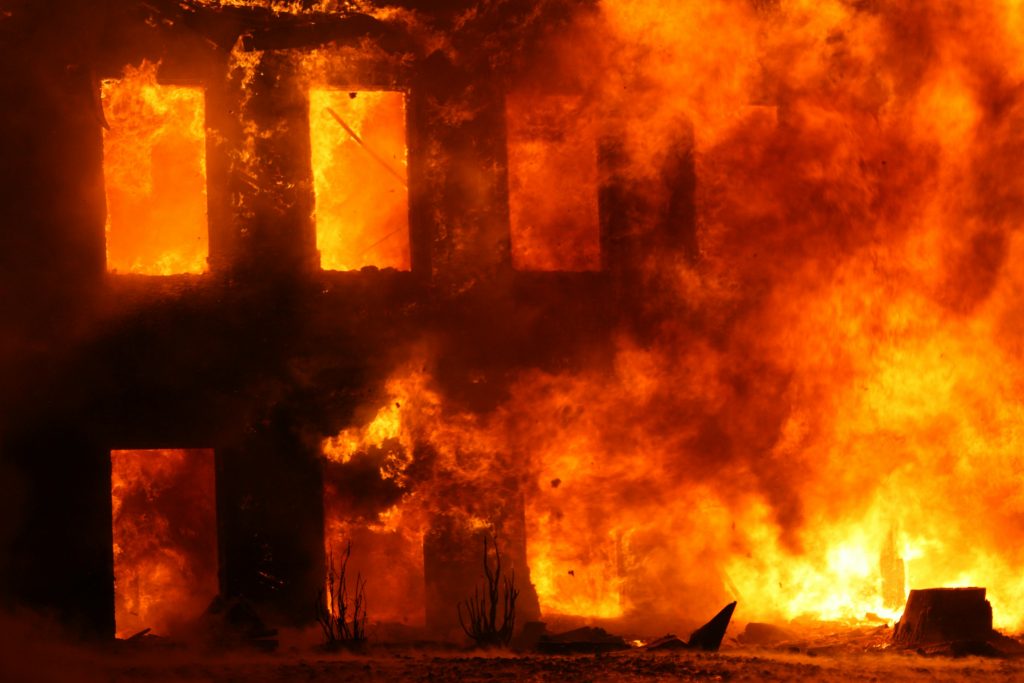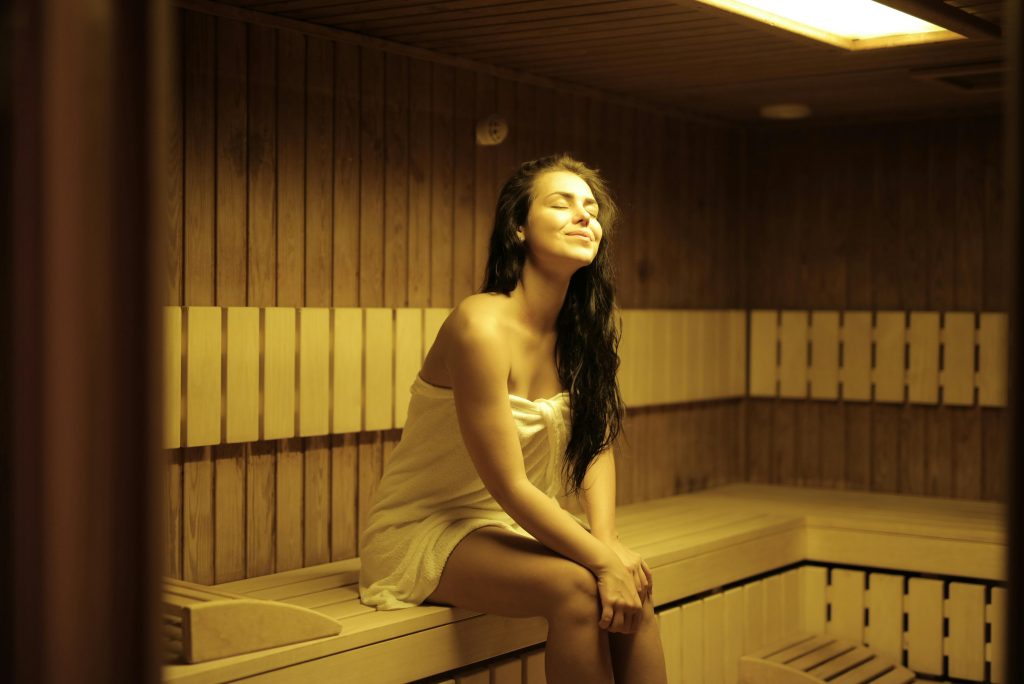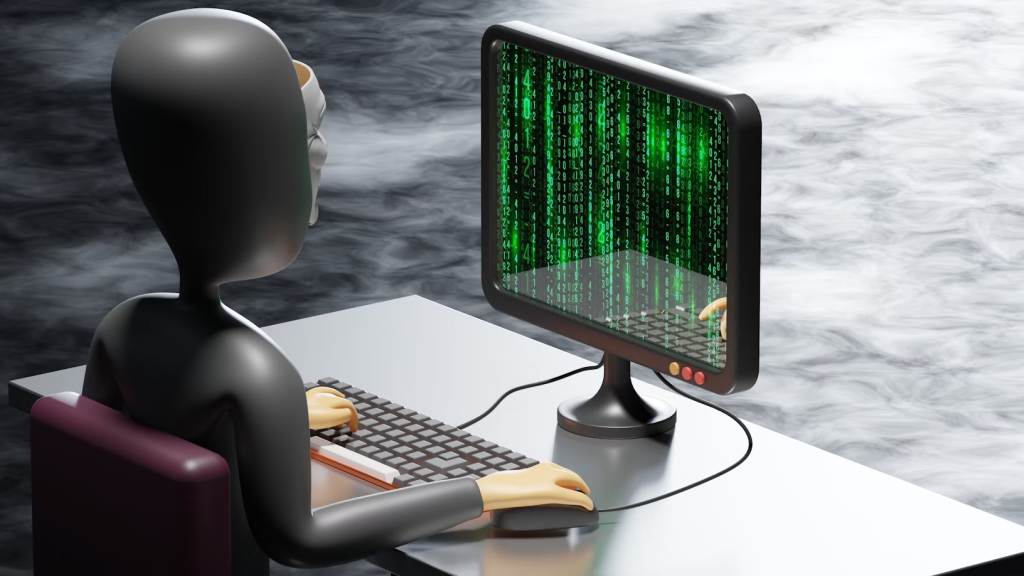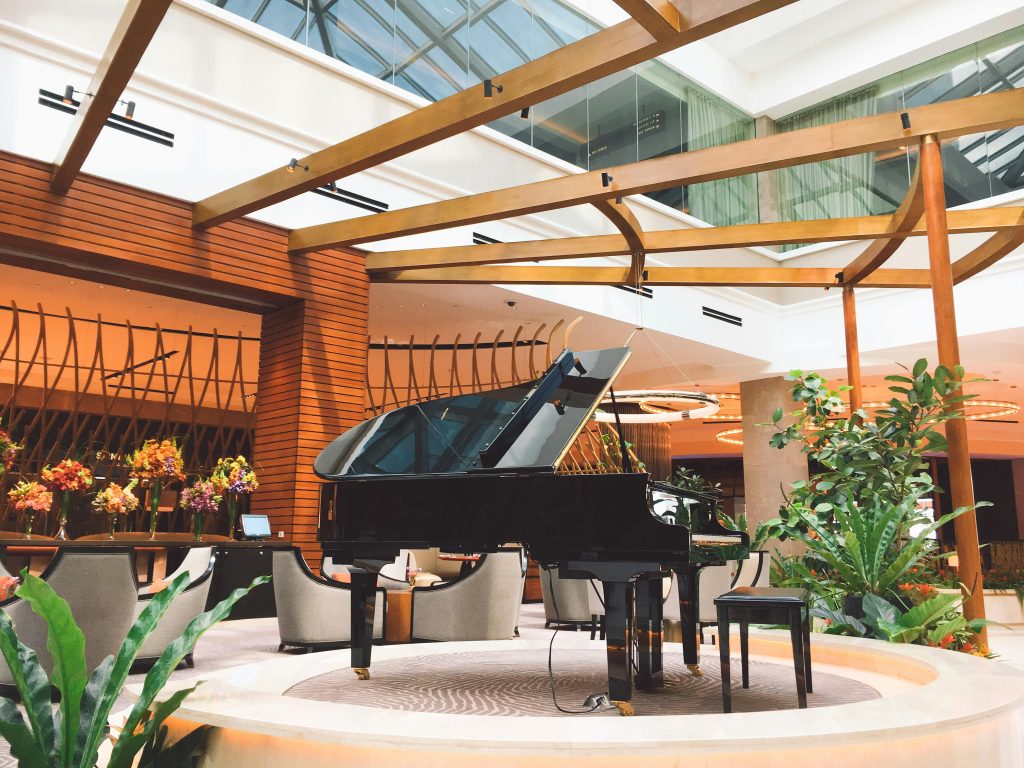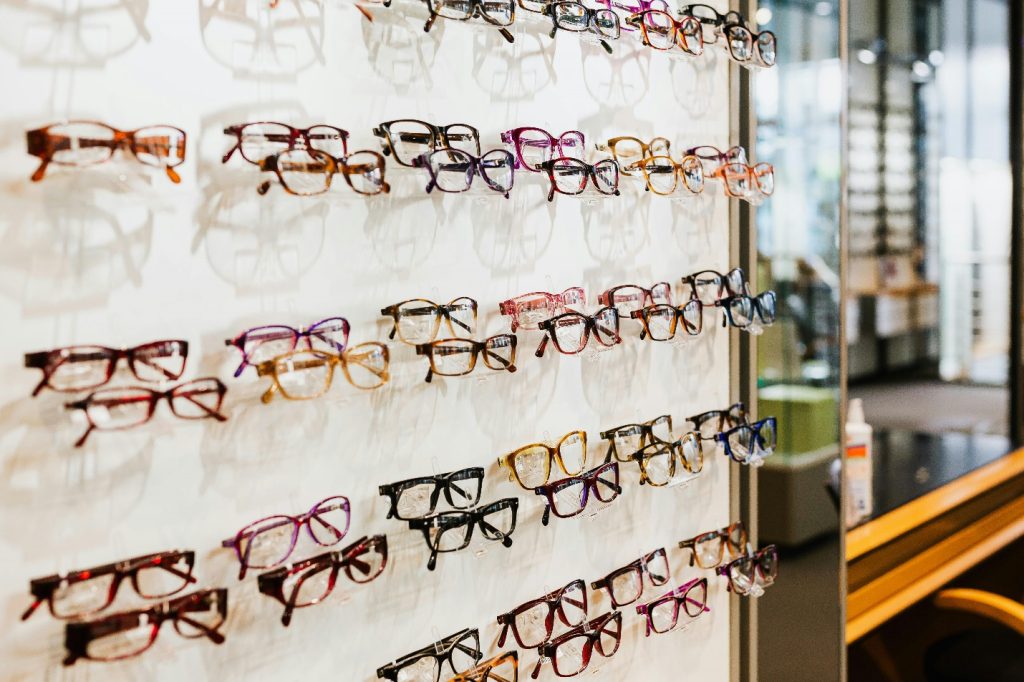Fire needs three things: heat, fuel and oxygen. Take away one, and there’s no fire. But in the real world, that’s not easy. Especially when temperatures rise or fall fast. Changes in temperature mess with that balance. They can increase risk, make people careless or cause faults.
Here’s how it plays out—and what to do about it.
Why Temperature Matters in Fire Safety
When heat builds up, fire risk follows. It’s not just summer that’s dangerous. Cold snaps bring their own problems, too. Temperature affects how things behave. It changes the way materials burn, how people act and how systems run.
Heat as a Fire Triangle Element
Every fire needs heat to start. A small spark, a warm engine or direct sunlight — that’s often enough. On a hot day, it takes less to ignite fuel. Warm air dries things out, makes them more flammable and shortens the time between spark and flames.
Temperature and Material Ignition Points
Not everything burns at the same temperature. Wood catches quicker when it’s dry. Plastics melt, then burn. Some gases explode when heated. High temperatures bring more risk. Materials that seem safe can become fire hazards. Knowing the ignition point matters, especially in storage or transport.
High-Risk Scenarios: When Temperature Spikes Increase Fire Risk
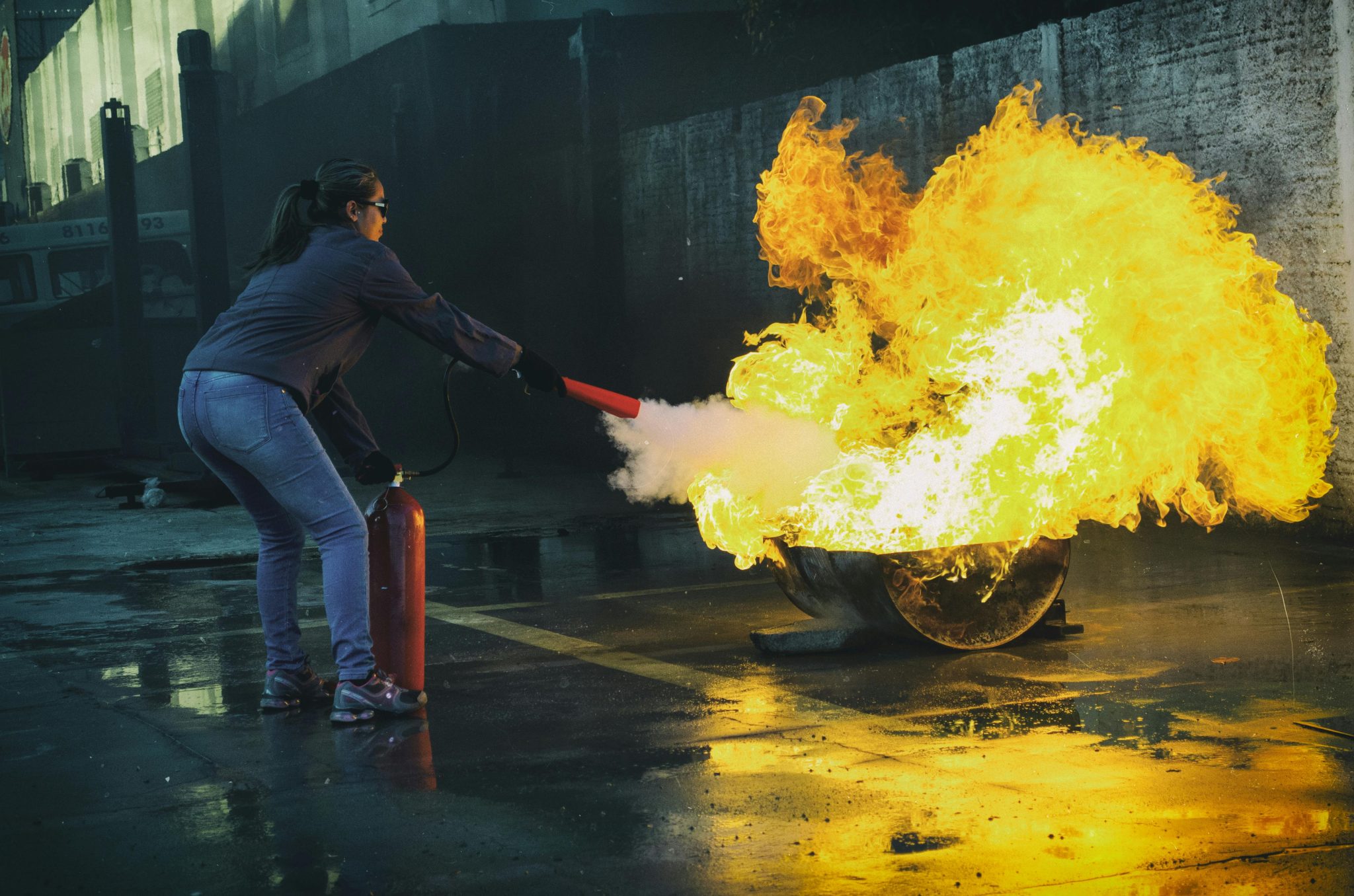
It’s not just the heat. It’s what the heat does. Dry air, failing machines, and overworked people — all add to the danger.
Hot Weather Conditions
Heatwaves dry out grass, wood and rubbish. One cigarette or a hot car part is enough to start a fire. Gardens, parks, fields and industrial areas all get riskier. Air gets drier. Winds spread flames fast. Fire spreads before anyone notices.
Industrial and Mechanical Equipment
Factories, warehouses and workshops get hotter in summer. Machines run long hours. Motors and engines build up heat. A clogged vent or broken fan turns equipment into a fire source. Grease, oil or dust can catch quickly. Poor maintenance makes things worse.
Indoor Heating and Cooking
Heat doesn’t only come from outside. Kitchens and heaters indoors also raise the risk. Cookers left on, fan heaters too close to curtains, overloaded plugs — all of these spark fires. In busy homes or workplaces, people forget to check. Small mistakes add up.
Cold Weather Risks Often Overlooked
Cold brings a different kind of trouble. People try to stay warm. Pipes freeze. Systems fail. Risk hides in the small stuff.
Overuse of Heaters and Electric Blankets
Old heaters and dodgy blankets cause more fires than people think. Cheap ones overheat. Worn wires snap. People leave them on too long or forget to turn them off. In cold snaps, usage spikes. So does the danger.
Frozen Pipes and Electrical Faults
When pipes freeze, they can burst. Water leaks into electronics. Short circuits start fires once the power comes back on. Heating systems go into overdrive. Strain leads to breakdowns. Sparks fly where they shouldn’t.
How to Reduce Fire Risk Across Temperature Extremes
Prevention matters more than panic. A solid plan cuts risk fast. The best step? Use fire safety elearning to train staff and stay ready for both hot and cold weather.
1. Monitor and Maintain Equipment
Check everything that heats, moves or stores energy. Fix problems early. Clean vents and filters. Replace parts before they fail.
2. Store Flammable Materials Properly
Keep fuel, chemicals and waste away from heat. Lock them in proper cabinets. Don’t pile up flammable stuff near machines or sockets.
3. Review Indoor Heating Safety
Heaters help, but they can also harm. Always place them on flat surfaces. Never block them. Never dry clothes on them. Check plugs and wires. Cheap models or old units are risky. Don’t leave them on overnight or when leaving the house.
4. Prepare for Heatwaves and Droughts
When the temperature rises, rethink routines. Clear dry grass and litter outside. Water gardens early to cut dry fuel. Don’t light fires outdoors. Postpone hot work like welding. Stay alert on farms, construction sites and in warehouses.
5. Check Electrical Loads in Cold Seasons
Colder months mean more electric use. People plug in heaters, kettles and blankets. Circuits get stressed. Old buildings aren’t made for it. Fires start from overloaded sockets and worn cables. Use breakers. Avoid multi-plug adaptors. Get an electrician if lights flicker or breakers trip.
Emergency Response When Fire Risk is Heightened
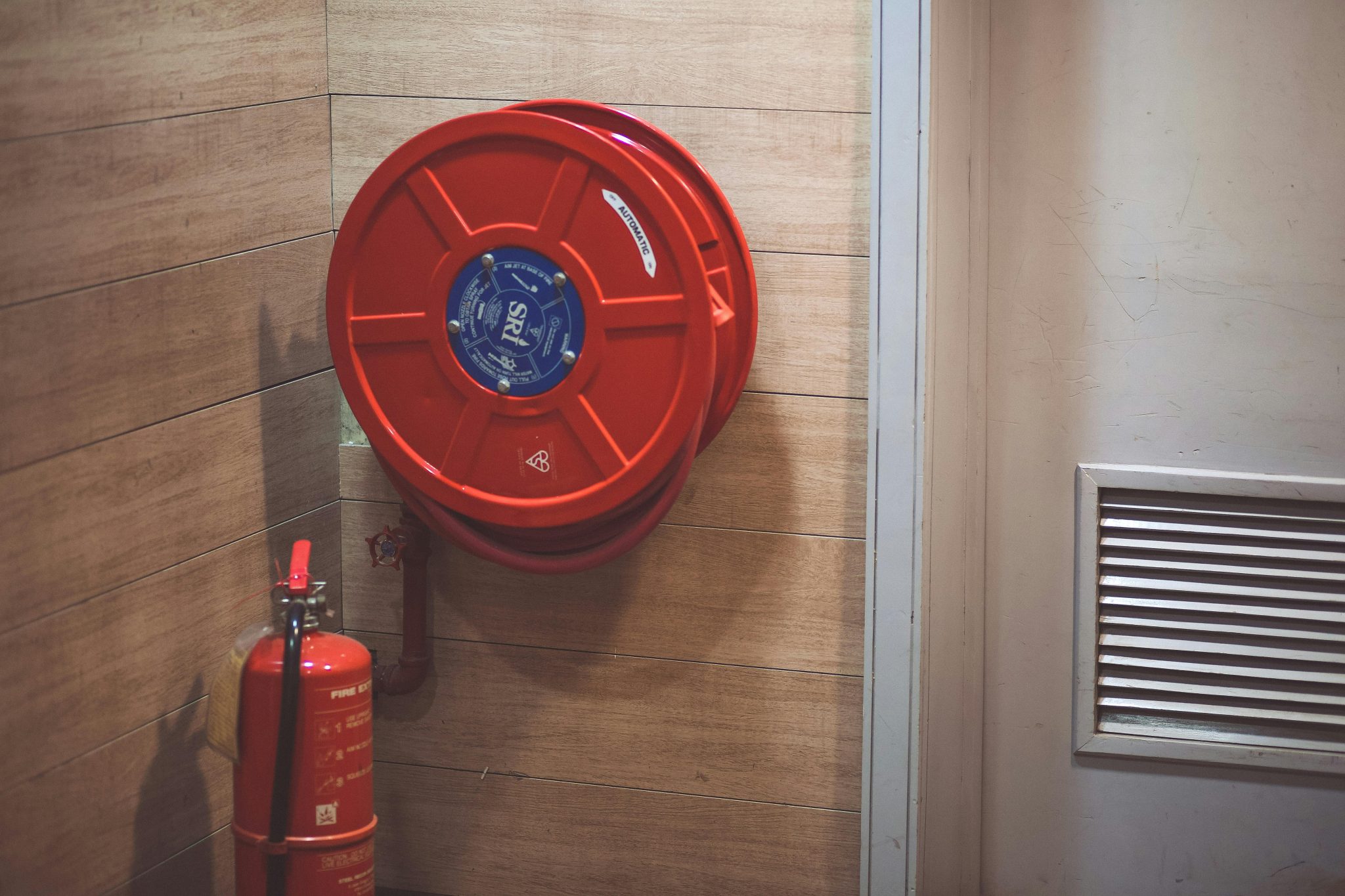
Even with good prep, fires can still happen. The goal is to act fast. Keep damage low. Stay safe.
Activate Fire Watch Procedures
In high-risk times, assign someone to check things. Walk the site. Look for heat sources, blocked exits, faulty gear. This works best in warehouses, workshops and big properties. During heatwaves or cold snaps, check more often. A few minutes can stop a disaster.
Communicate With Staff and Occupants
Let people know what’s going on. Update them on risks. Share short tips. Posters. Quick meetings. Everyone should know where the extinguishers and alarms are. Don’t assume. Remind. Share updates through notices or emails.
Prepare for Evacuation and Equipment Shutdown
Check exits. Keep them clear. Test alarms and lights. Run a drill if you can. If the building needs to shut down, have a plan. Turn off heat sources first. Lock flammable stores. Backup power may help, but only if it is safe.
Know When to Get Help
For bigger risks, bring in a fire safety expert. Get advice on the site layout, storage, wiring or work processes. Responsible persons can take a fire stopping certification learn how to stay compliant and safe. Don’t wait until after the fire.
Time to Rethink Temperature and Fire
People often think fires come from carelessness, not weather. But heat and cold twist the rules. They make safe places risky. One broken heater. One hot surface. One missed check.
The good news? Most fires are preventable. With some planning, regular checks and the right training, the risk drops. Fire safety e-learning gives staff the knowledge to spot problems early. Good habits follow.
Every season brings new challenges. Stay ahead. Check what’s heating, freezing or failing. Small changes save lives. That’s worth acting on.


